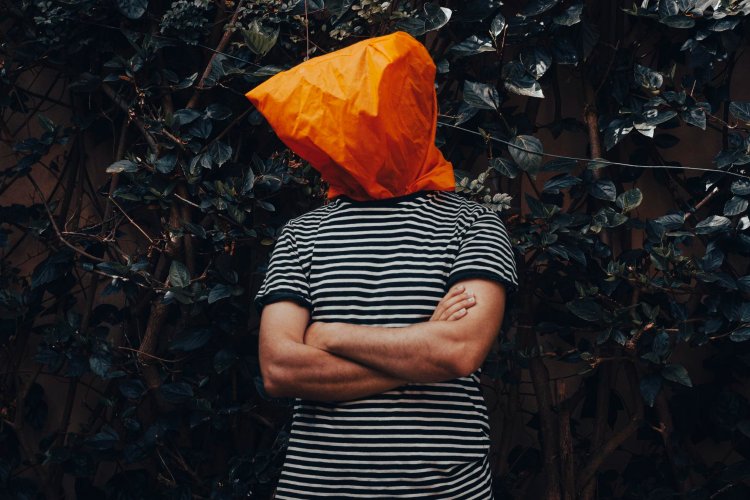Beauty and the Beast: A Look into Cacophobia
Cacophobia, from the Greek "kakos" (bad or ugly) and "phobos" (fear), refers to the irrational fear of ugliness. Although it is not as commonly recognized as other phobias, cacophobia can profoundly affect those who suffer from it. Individuals with cacophobia experience significant anxiety and discomfort when faced with anything they consider unattractive, whether it is a person, an object, or an environment. This fear can lead to severe emotional distress and disrupt daily life.

Symptoms
The symptoms of cacophobia are diverse and can range from mild discomfort to severe panic attacks. Common symptoms include:
Psychological Symptoms:
- Intense Fear and Anxiety: Individuals may feel overwhelming fear or anxiety at the sight of something they perceive as ugly.
- Obsessive Thoughts: Persistent, intrusive thoughts about ugliness can dominate their mind.
- Catastrophic Thinking: They may believe encountering ugliness will lead to disastrous consequences.
Behavioral Symptoms:
- Avoidance Behavior: Avoiding places, people, or situations that might involve exposure to perceived ugliness.
- Compulsive Actions: Engaging in repetitive behaviors to mitigate the fear, such as excessive grooming or cleaning.
- Social Withdrawal: Isolation from social activities to avoid potential triggers.
Physical Symptoms:
- Panic Attacks: Symptoms such as shortness of breath, rapid heartbeat, sweating, trembling, and dizziness.
- Gastrointestinal Distress: Nausea or stomach pain when confronted with feared stimuli.
- Sleep Disturbances: Insomnia or nightmares related to ugliness.
Causes
The origins of cacophobia can be complex and multifaceted, often involving a combination of genetic, psychological, and environmental factors.
- Genetic Predisposition: A family history of anxiety disorders or specific phobias can increase the likelihood of developing cacophobia.
- Traumatic Experiences: Negative experiences, particularly in childhood, involving ridicule or exposure to what was deemed ugly can leave lasting psychological scars.
- Cultural and Societal Influences: Societal standards that prioritize physical beauty can exacerbate feelings of inadequacy and fear of ugliness. Media representations often reinforce unrealistic standards of beauty, contributing to the development of this phobia.
- Personality Traits: Individuals with high levels of perfectionism or low self-esteem may be more prone to developing cacophobia, as they might be more sensitive to perceived imperfections.
Impact on Daily Life
Cacophobia can severely impact various aspects of an individual's life:
- Social Life: Sufferers may avoid social gatherings, leading to isolation and loneliness. This avoidance can strain relationships with family and friends.
- Professional Life: The phobia can interfere with job performance, as individuals may avoid work environments or tasks that could expose them to perceived ugliness.
- Personal Well-being: Constant anxiety and stress can lead to other mental health issues such as depression, generalized anxiety disorder, or obsessive-compulsive disorder (OCD).
- Physical Health: Chronic stress and anxiety can have adverse effects on physical health, including cardiovascular issues, gastrointestinal problems, and weakened immune function.
Treatment
Effective treatment of cacophobia often involves a combination of therapeutic approaches tailored to the individual's needs:
- Cognitive Behavioral Therapy (CBT): CBT is a widely used treatment that helps individuals identify and challenge irrational beliefs about ugliness. Through cognitive restructuring, they learn to replace these beliefs with more realistic and positive ones.
- Exposure Therapy: This method involves gradual exposure to the feared object or situation in a controlled manner. Over time, this can help desensitize the individual and reduce their anxiety response.
- Medication: In some cases, medications such as selective serotonin reuptake inhibitors (SSRIs) or benzodiazepines may be prescribed to manage severe anxiety symptoms.
- Mindfulness and Relaxation Techniques: Practices such as mindfulness meditation, deep breathing exercises, and progressive muscle relaxation can help reduce overall anxiety levels.
- Support Groups and Counseling: Joining support groups or engaging in individual counseling can provide a safe space to share experiences and receive emotional support from others who understand the struggle.
In conclusion, Cacophobia is a serious and often misunderstood condition that can deeply affect an individual's life. By recognizing the symptoms and understanding the underlying causes, sufferers and their loved ones can seek appropriate help. With effective treatment and support, those affected by cacophobia can learn to manage their fears and lead more fulfilling lives. Awareness and education about this phobia are essential for reducing stigma and fostering a more compassionate approach to mental health.
Disclaimer
The information provided in this article is for educational purposes only and should not be considered medical advice. If you have any health concerns or are experiencing symptoms, it is important to consult with a healthcare professional, such as a doctor or clinic, for proper diagnosis and treatment. Always seek the advice of your doctor or other qualified health provider with any questions you may have regarding a medical condition. Do not disregard professional medical advice or delay in seeking it because of something you have read in this article.
#MentalHealth #Phobias #Cacophobia #AnxietyDisorders #CognitiveBehavioralTherapy #ExposureTherapy #MentalWellbeing #HealthAwareness #SupportGroups #Mindfulness
What's Your Reaction?





















